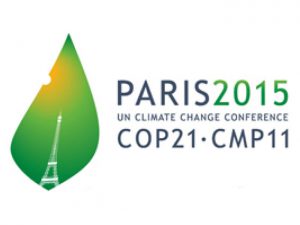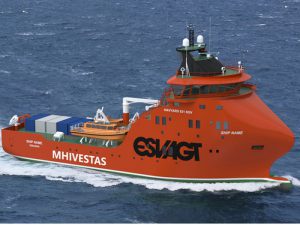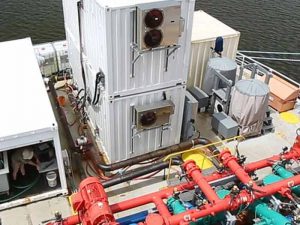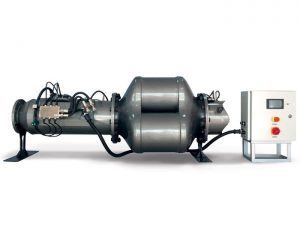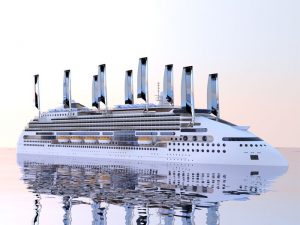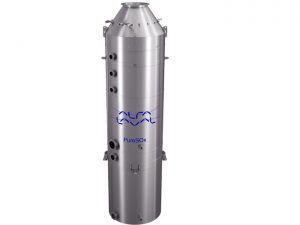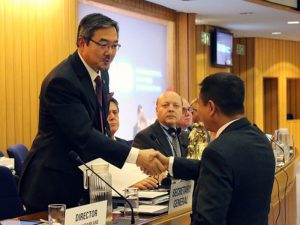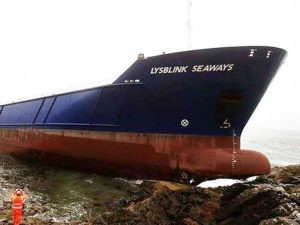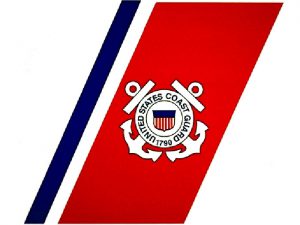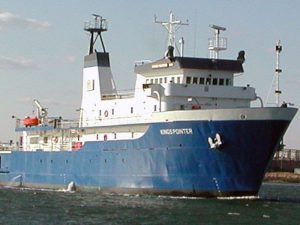
Panolin expands stern tube lube options for older ships
Older stern tube applications come with compatibility concerns. When upgrading to the new KEMEL or Wartsila Bio Seals, vessel operators can use Stella Maris, a stern tube lubricant based on 100 percent saturated synthetic ester technology with the most effective performance enhancing additives. But in the cases where customers don’t need to change seals or retain existing seal options, Panolin can offer Stella Maris NRT. This alternative formulation based on renewable technology meets additional Eco Labels along with a wider range of seal compatibility.
Panolin says that Environmentally Acceptable Lubricant HEES (synthetic esters or petrochemical esters) as a category has proven to be the most robust and technically advanced lubrication option. Panolin looked at all of the following factors: lubrication needs, water ingress, contamination/cleanliness, heat and equipment compatibility when creating Stella Maris and now the new Stella Maris NRT. Even though Stella Maris NRT is based on renewable esters, the performance characteristics do not vary much. For example, Panolin deals with the reality of water ingression with the same focus, regardless of what Stella Maris you choose. Stella Maris and NRT are not emulsifying lubricants. They readily separate from water. Emulsifying lubricating oil in an application where water and heat are major factors is a recipe for system failure. If water separation is happening with your stern tube lubricant, then the majority of your lubricating oil is still protecting your equipment. Your fluid can also be filtered and salvaged. Stella Maris and NRT are very polar and protect metal surfaces, even with water in the system. Water can also be drained from the system because of the separation capabilities.
Panolin says that the benefits of using Stella Maris or SM NRT are:
- Long-term cost savings.
- Excellent oxidation stability providing long service life.
- Corrosion protection, which is important in oil to sea applications.
- Superior viscosity behavior—viscosity and shear stability will have minimal change when the system temperature fluctuates.
- When heated, Stella Maris and NRT have a moisture exchange (self-drying effect), which helps to keep water out.
- Protection against lacquer formation, due to its outstanding thermal oxidation stability.
- Rapidly decomposes on the water surface (no sheen).
- Improved equipment efficiency and conservation of resources though longer oil change intervals.
- EPA Vessel General Permit-compliant.
